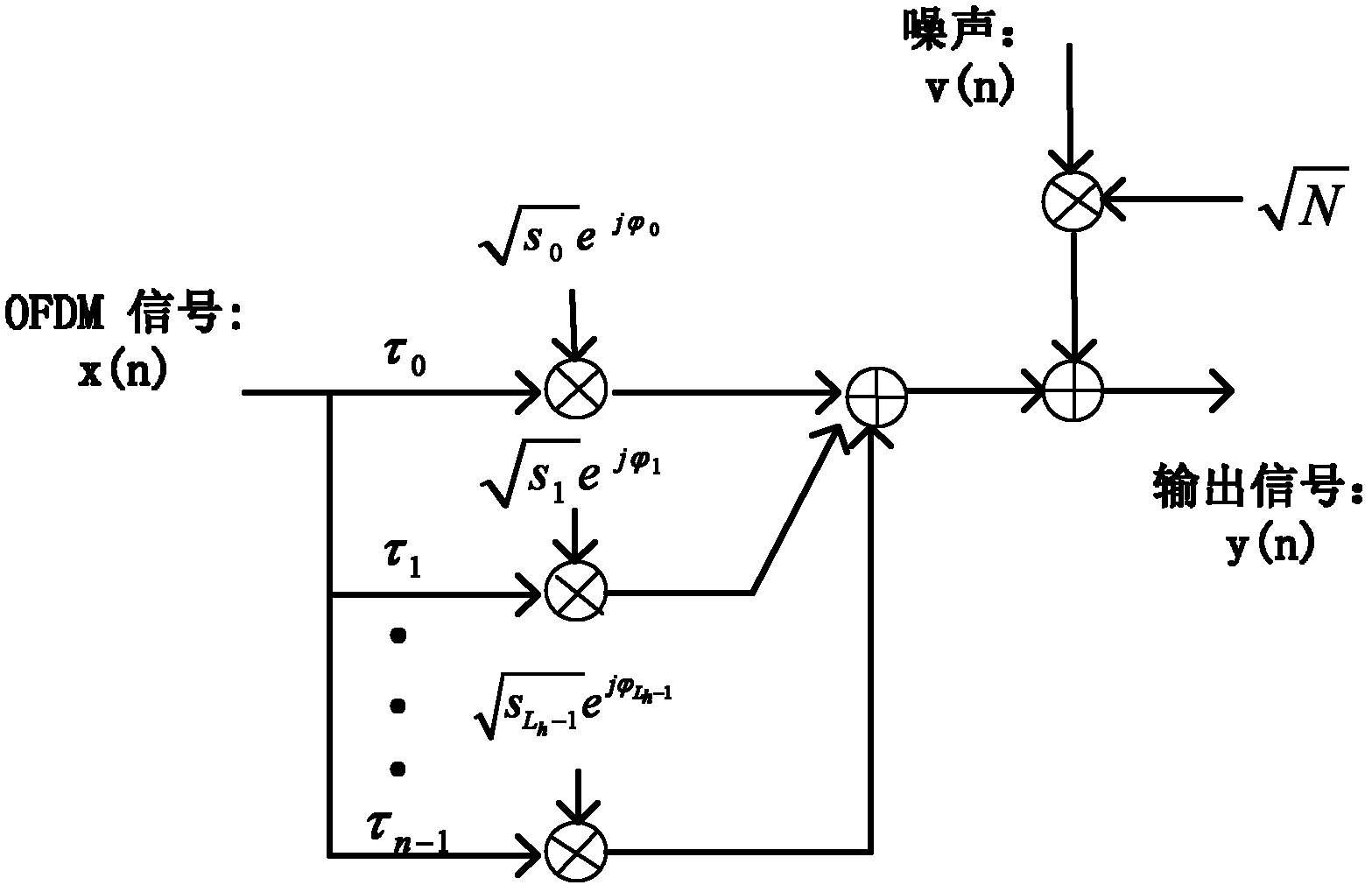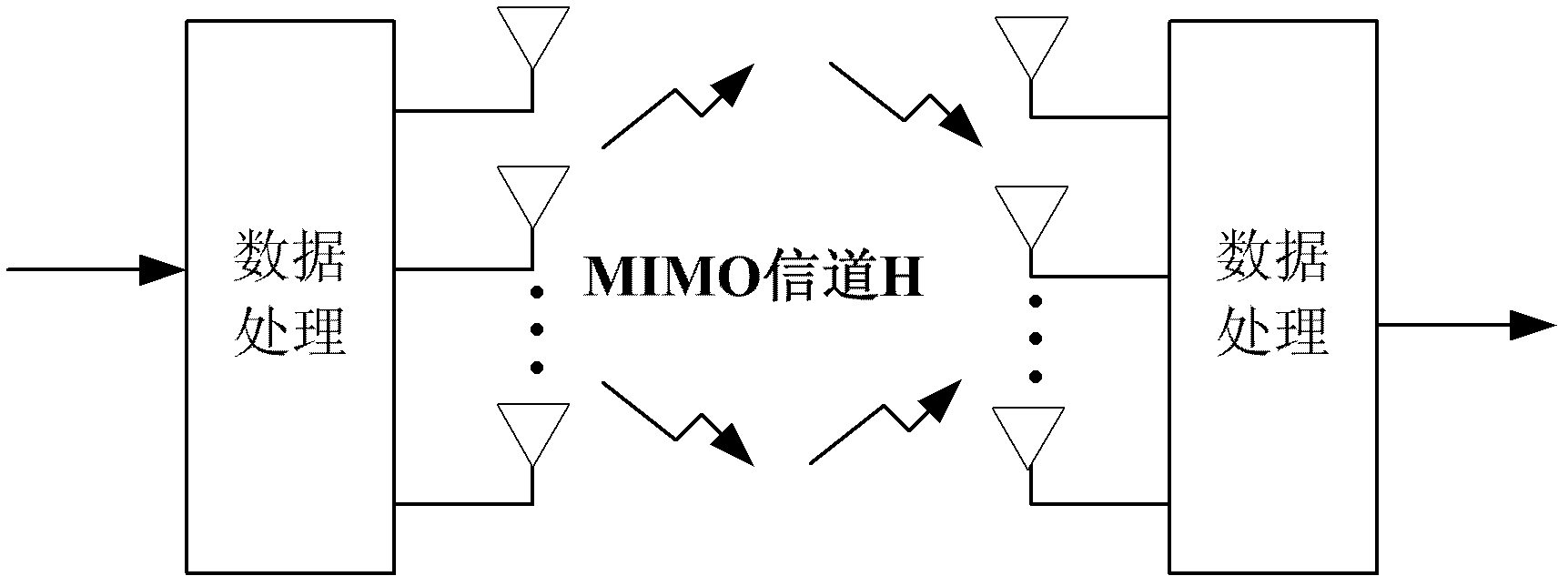Blind signal to noise ratio estimation method based on multiple input multiple output (MIMO)-orthogonal frequency division multiplexing (OFDM) signal cyclostationarity
A MIMO-OFDM and 1MIMO-OFDM technology is applied in the field of blind signal-to-noise ratio estimation based on the cyclostationary characteristics of MIMO-OFDM signals, and can solve the problems of lack of relevant research on blind signal-to-noise ratio estimation methods and poor performance of SNV methods.
- Summary
- Abstract
- Description
- Claims
- Application Information
AI Technical Summary
Problems solved by technology
Method used
Image
Examples
Embodiment Construction
[0036] The present invention will be described in further detail below in conjunction with the embodiments of the drawings.
[0037] The present invention proposes a blind signal-to-noise ratio estimation method based on the cyclostationary characteristics of MIMO-OFDM signals. Its basic principle is: based on the cyclostationary characteristics of OFDM signals, the length of the cyclic suffix of the OFDM signals is appropriately selected so that the self-transmission of each transmitted signal The correlation function has different zeros and different cyclic frequencies can be selected to convert the MIMO channel into multiple single-input single-output channels, and then analyze the periodic autocorrelation function of the received signal The law of energy distribution, combined with approximate approximation theory, finally realizes the blind estimation of the signal-to-noise ratio. The main steps are as follows:
[0038] ① In the method of the present invention, each channel o...
PUM
 Login to View More
Login to View More Abstract
Description
Claims
Application Information
 Login to View More
Login to View More - R&D
- Intellectual Property
- Life Sciences
- Materials
- Tech Scout
- Unparalleled Data Quality
- Higher Quality Content
- 60% Fewer Hallucinations
Browse by: Latest US Patents, China's latest patents, Technical Efficacy Thesaurus, Application Domain, Technology Topic, Popular Technical Reports.
© 2025 PatSnap. All rights reserved.Legal|Privacy policy|Modern Slavery Act Transparency Statement|Sitemap|About US| Contact US: help@patsnap.com



